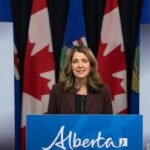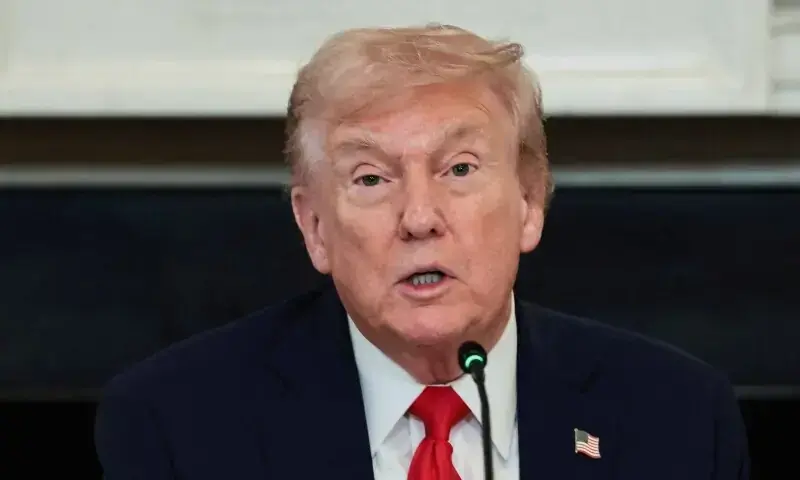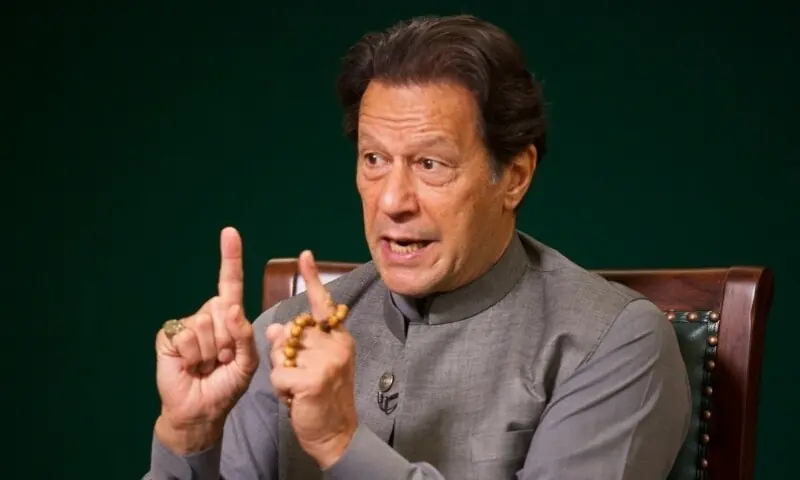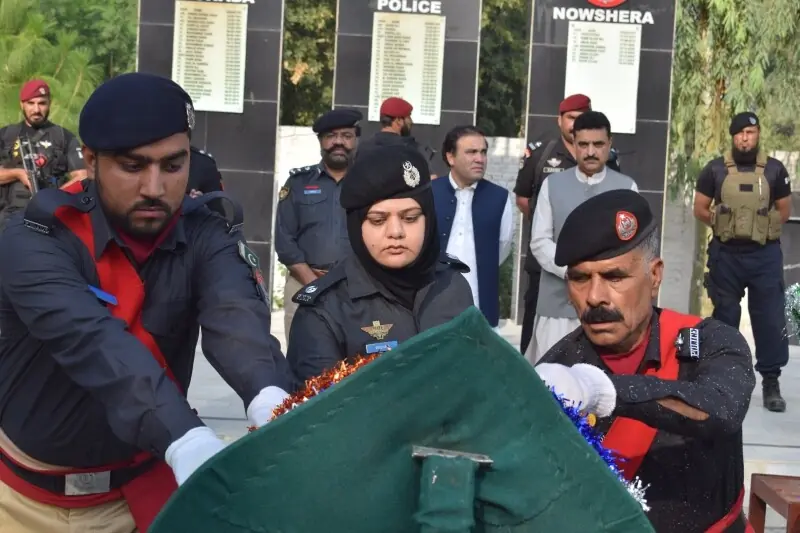• CPPA seeks negative 63 paise per unit FCA in January against Rs 1.14 in December
• Government seeks early tariff restructuring and changes in peak hours
ISLAMABAD: The government on Tuesday announced that electricity rates for January 2025 will see a slight increase compared to December 2024, despite lower than expected fuel costs. The adjustment comes as part of an early restructuring of the national tariff regime and changes to peak and off-peak hours.
In a public hearing chaired by National Electric Power Regulatory Authority (Nepra) Chairman Waseem Mukhtar, the Central Power Purchasing Agency (CCPA) sought a negative fuel cost adjustment (FCA) of 63 paise per unit for November consumption.
It was explained that Rs 1.14 paise negative FCA applicable in December would be replaced by negative 63 paise FCA in January. Therefore, the “net increase for consumers would be 51 paise per kWh (unit)” in January.
Both Mukhtar and Nepra tariff member Mathar Niaz Rana said consumers were paying a high price for power companies’ inefficiencies. Mukhtar grilled public sector entities over eight-month delay in completion of Lahore-North network facilities and massive under-utilization (in some cases, 800 MW as against 4,000 MW capacity or only 20% utilization of capacity in November) of the Matiari-Lahore transmission line. . Consumers pay full charges for all capacity.
The hearing was told that the CPPA had claimed part load adjustment charges (PLAC) of Rs 47 billion (generally due to plant availability but low demand) in 2023 and Rs 56 billion in 2024, including 2.2 billion rupees in November 2024 alone. A key reason for this was the change in demand patterns in view of unaffordable tariffs and solarization factors.
Therefore, Nepra ordered an investigation into the delay in the completion of the transmission project and a technical study by the power division to analyze the changes in demand patterns.
Mukhtar said he had just received a letter from the power division for an early request for tariff readjustment in January and February, according to which the government also wanted changes in the time-of-use (TOU) mechanism, as peak demand He had moved late at night. from the current afternoon hours.
CPPA’s Rehan Akhtar suspected that the timing of Discos’ TOU meters might not match Pakistan Standard Time and should be warned to ensure factual recording and billing.
Mr Rana, the tariff member, pointed out that some coal-based power plants were being paid full working capital for plant and fuel inventory for more than 90 days despite zero plant factor and suggested that both chiefs should be rationalized to the royal basis.
It was also noted that some of the challenges to low utilization of local coal-based power generation capacity were due to delays in the expansion of the Thar coal mine, and the Sindh Coal Authority should be pressured to guarantee the expansion of the mine according to the commitment.
It was noted that currently, talks on converting imported coal plants to local coal to reduce tariffs seemed futile. The regulator “expressed concern over the delay in mine expansion and called on the government to play its role in the issues related to railways for transportation of coal as well as to provide relief to consumers by reducing fares.
The hearing was told that electricity demand was 6.34 percent higher in November than last year, mainly due to the “warmest November on record,” but overall consumption in five months was about 4 percent. lower cent.
This will be the fifth consecutive month that FCAs remain negative, mainly due to the significant fuel allocations allowed by the regulator through a 20 percent increase in the base rate starting July 1, 2024. A record Of 82.3 percent of the total energy supply during November flowed. from domestic fuel sources, almost half that amount at zero fuel cost.
The CPPA said the average fuel cost amounted to Rs 7.23 per unit in November, compared to Rs 9.44 per unit in the same month last year. He said the power companies had charged Rs 7.86 per unit for fuel in November, which actually turned out to be Rs 7.23 per unit, for which 63 paise per unit was refunded.
He said around 8,032 gigawatt-hours (GWh) of electricity were generated in November with an estimated fuel expenditure of Rs 58,490 crore (Rs 7.28 per unit), of which 7,716 GWh were delivered to Discos at a cost of 55,760 million rupees (at 7.23 rupees per unit).
The largest share of the total energy supply came from hydropower at 35.61 percent, compared to its share of 36.5 percent last year. Hydroelectric energy has no fuel cost.
The second largest share in the national grid came from nuclear power plants at 20.61 percent, followed by local coal at 12.68 percent and RLNG at about 11.29 percent.
Supply from coal-fired generation accounted for approximately 19 percent of total grid supply. Of this, generation from local coal increased to 12.68 per cent and from imported coal to 5.94 per cent. National gas-based energy generation had a share of 10.68%.
Published in Dawn, January 1, 2025









